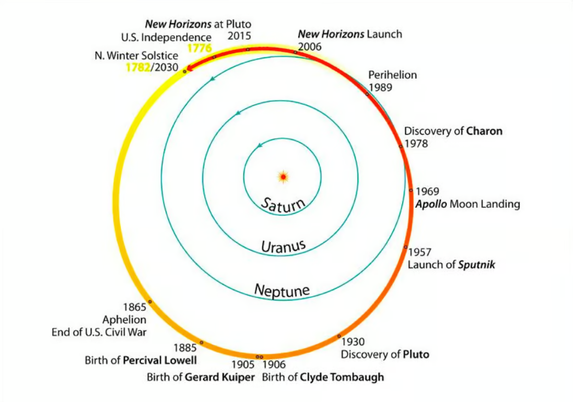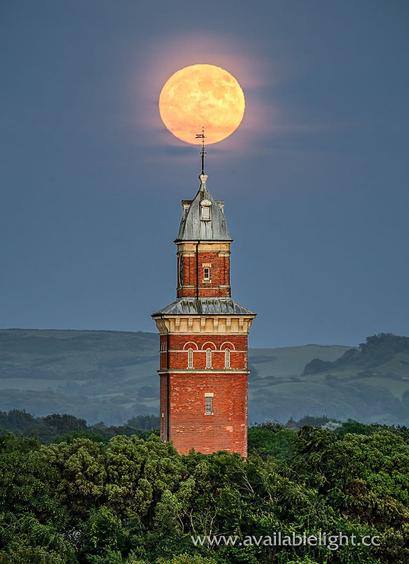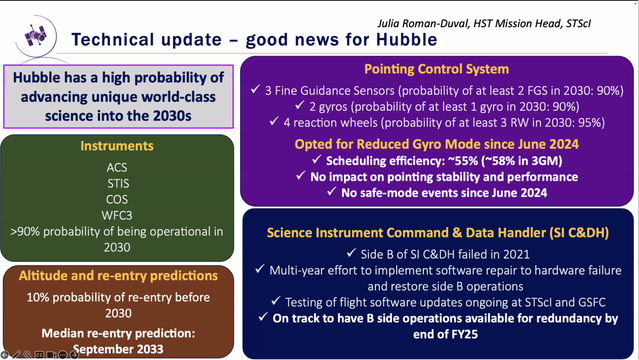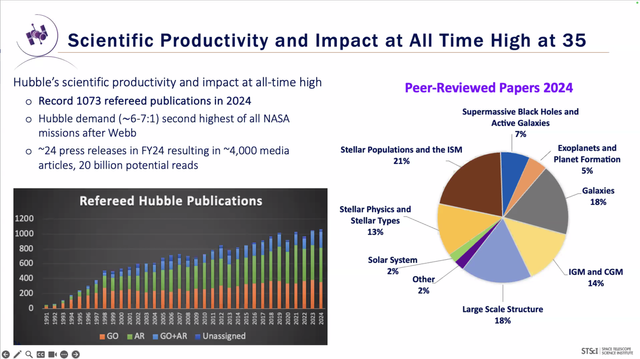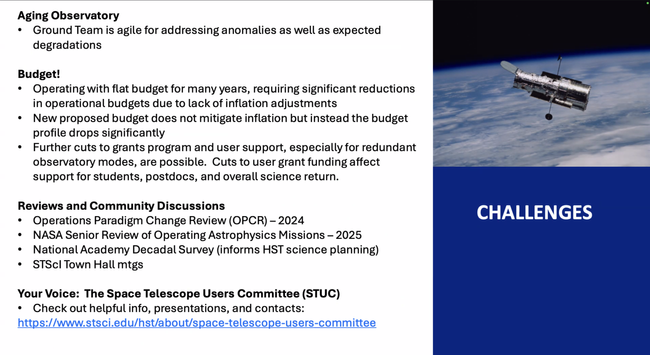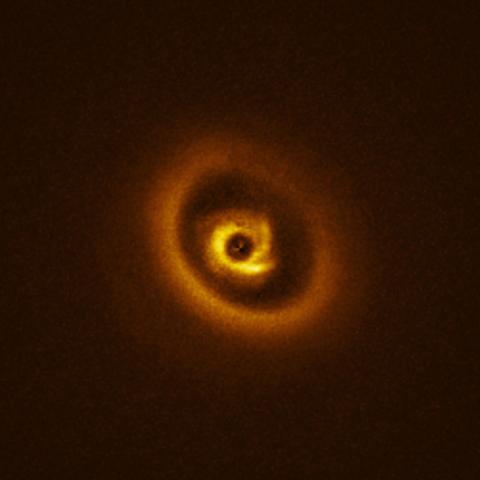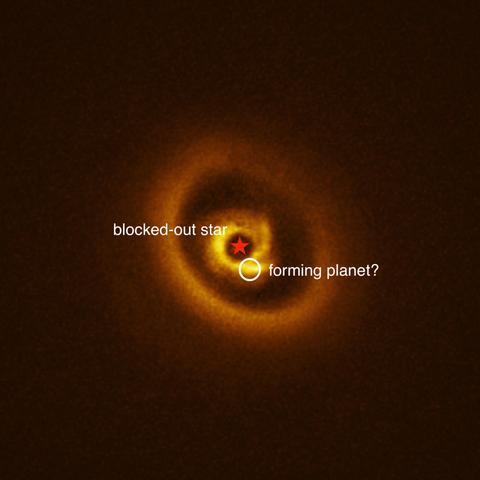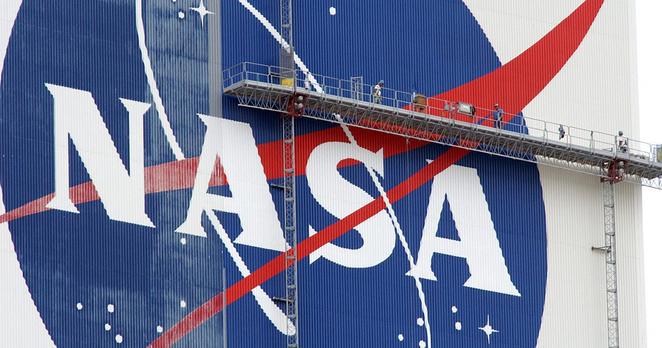@cpamoa Thanks! And that same luck to you as well. It's a treat to recognize them when they could have silently gone by unnoticed otherwise.
About me: Software Engineer network/cybersecurity, pilot/CFI, Libertarian, electronics, Ham, rocket/balloon tracker
Hi! I'm Ian Kluft. @AstroHawk is my #space account.
#NewSpace #aerospace #astronomy #rocketry #commsat #GPS #fedi22
AstroHawk originally stood for "Adventurous Space Tweep Reinforcing Operations Hatching Advancement Worth Kudos" at one time on other social media, promoting NewSpace.
@cpamoa I've only once seen them, in the 2019 outbreak. I saw them from San Jose, California (37°N). Now that I live in Portland, Oregon (45.5°N), I have higher hopes to be able to see them again soon.
All of US history took place while Pluto orbited the Sun - once
A lot of planning went into this (by my husband), and much crossing of fingers re the weather!
Whitecroft below the full moon yesterday evening. #IsleofWight #Moon #Photography
Astronomers may have found evidence of still-forming planets hidden somewhere in this close-up of the star RIK 113, taken with our Veery Large Telescope in #Chile
This and previous data taken with the Atacama Large Millimeter/submillimeter Array suggest that the disc around the star may be shaped by hidden planets.
The data show the presence of gaps and spiral features, which may have been caused by forming planets.
Learn more: https://www.eso.org/public/images/potw2523a/
📷 ESO/C. Ginski et al.
Hubble is at its most scientifically productive and will likely not reenter the atmosphere until ~2030.
The most challenging part of operating this 35-year-old observatory is not the aging hardware, but the budget. Years of flat budgets (not adjusted for inflation) and further cuts to NASA science mean cuts to instrument modes and grant funding.
Nearly two years after the #OceanGate #Titan sub disaster, two documentaries - "Titan" and "Implosion" - focus on the hubris that led to five high-profile deaths. If you're intrigued by the tale of OceanGate and its CEO, it might be worth watching them both. https://www.geekwire.com/2025/oceangate-documentaries-questions-titan-sub-tragedy/ #Tech #Science #Implosion
🚨 10 MILLION ALERTS INCOMING 🚨
NSF–DOE Rubin Observatory will repeatedly image the entire visible night sky, alerting scientists to changes in the brightness or positions of billions cosmic objects. There'll be up to 10 million alerts every night! We can't wait! 🔭
Read more about the coming alert stream from Rubin Observatory at https://rubinobservatory.org/explore/how-rubin-works/alerts
#PPOD: This stunning photograph of comet C/2024 G3 (ATLAS), taken by Yuri Beletsky on 19 January from ESO's Paranal Observatory in Chile, looks almost like a watercolour painting. The comet is next to one of the Auxiliary Telescopes of ESO's Very Large Telescope Interferometer. Credit: Y. Beletsky (LCO)/ESO
New observations from the Very Large Telescope in Chile may have caught a Jupiter-like planet at its moment of birth around another star.
The universe just keeps on building more cool things.
https://www.eso.org/public/images/potw2523a/ #space #science #nature
Tell Congress: Save NASA Science https://www.planetary.org/advocacy-action-center#/55
Why does NASA's Perseverance rover keep taking pictures of this maze on Mars?
https://www.livescience.com/space/mars/why-does-nasas-perseverance-rover-keep-taking-pictures-of-this-maze-on-mars?utm_source=flipboard&utm_medium=activitypub
Posted into space @space-LiveScience
Crashed lander looks back at Earth from the moon | Space photo of the day for June 10, 2025
https://www.space.com/astronomy/moon/crashed-lander-looks-back-at-earth-from-the-moon-space-photo-of-the-day-for-june-10-2025?utm_source=flipboard&utm_medium=activitypub
At this rate, I might literally have to build my own
#AAS246
NASA raises the odds that an asteroid could hit the moon in 2032
https://www.space.com/astronomy/asteroids/nasa-raises-the-odds-that-an-asteroid-could-hit-the-moon-in-2032?utm_source=flipboard&utm_medium=activitypub
"Splash! Like a 'cannonball in a pool', NASA may have finally worked out how Mars lost its atmosphere" by BBC @skyatnightmag - #NASA MAVEN probe in #Mars orbit observed solar storms impact and strip away some of the thin atmosphere. It appears to confirm a long-held theory how Mars lost its atmosphere, once thick enough to allow surface water. Mars doesn't have a strong magnetic field (but fortunately Earth does) to protect its atmosphere from solar storms. https://www.skyatnightmagazine.com/news/mars-sputtering #astronomy
"Splash! Like a 'cannonball in a pool', NASA may have finally worked out how Mars lost its atmosphere" by BBC @skyatnightmag - #NASA MAVEN probe in #Mars orbit observed solar storms impact and strip away some of the thin atmosphere. It appears to confirm a long-held theory how Mars lost its atmosphere, once thick enough to allow surface water. Mars doesn't have a strong magnetic field (but fortunately Earth does) to protect its atmosphere from solar storms. https://www.skyatnightmagazine.com/news/mars-sputtering #astronomy
And a different data point from @EZLorenzImagery on when #NoctilucentClouds have been observed, a photo from Edmonds WA (northern Seattle metro) yesterday around 11pm was ~20 minutes after the end of nautical twilight at that location. It's also in the vicinity of the nautical/astronomical twilight boundary as with my 2019 observation. Now that I live in the #PNW, I've been trying to be more alert for NLCs. Portland may be ~15min earlier. https://socel.net/@EZLorenzImagery/114648902564699767 #SpaceWeather #weather #astronomy
The Space[.]com article had a rule of thumb to look for #NoctilucentClouds 90-120 minutes after sunset or before sunrise. It varies with longer times at higher latitude. When I saw the June 9, 2019 outbreak down to 37°N in California, from my photo timestamp I looked up the Sun was 11° below the horizon, 5 minutes before the end of nautical twilight. Be alert around the boundary of nautical & astronomical twilight at your location. https://spacey.space/@AstroHawk/114617449584468930 #SpaceWeather #weather #astronomy
"Noctilucent cloud season 2025 is upon us! Here's how to spot elusive 'night-shining' clouds" by @Spacecom - Look for #NoctilucentClouds in June & July in the north. (Also in Summer in the south, but in December & January.) More common at polar latitudes (45-80°), but rare outbreaks away from polar latitudes can happen. Usually 90-120 minutes after sunset or before sunrise. They're sunlit clouds while it's night at the viewer's location. https://www.space.com/stargazing/noctilucent-cloud-season-2025-is-upon-us-heres-how-to-spot-elusive-night-shining-clouds #SpaceWeather #weather #astronomy
